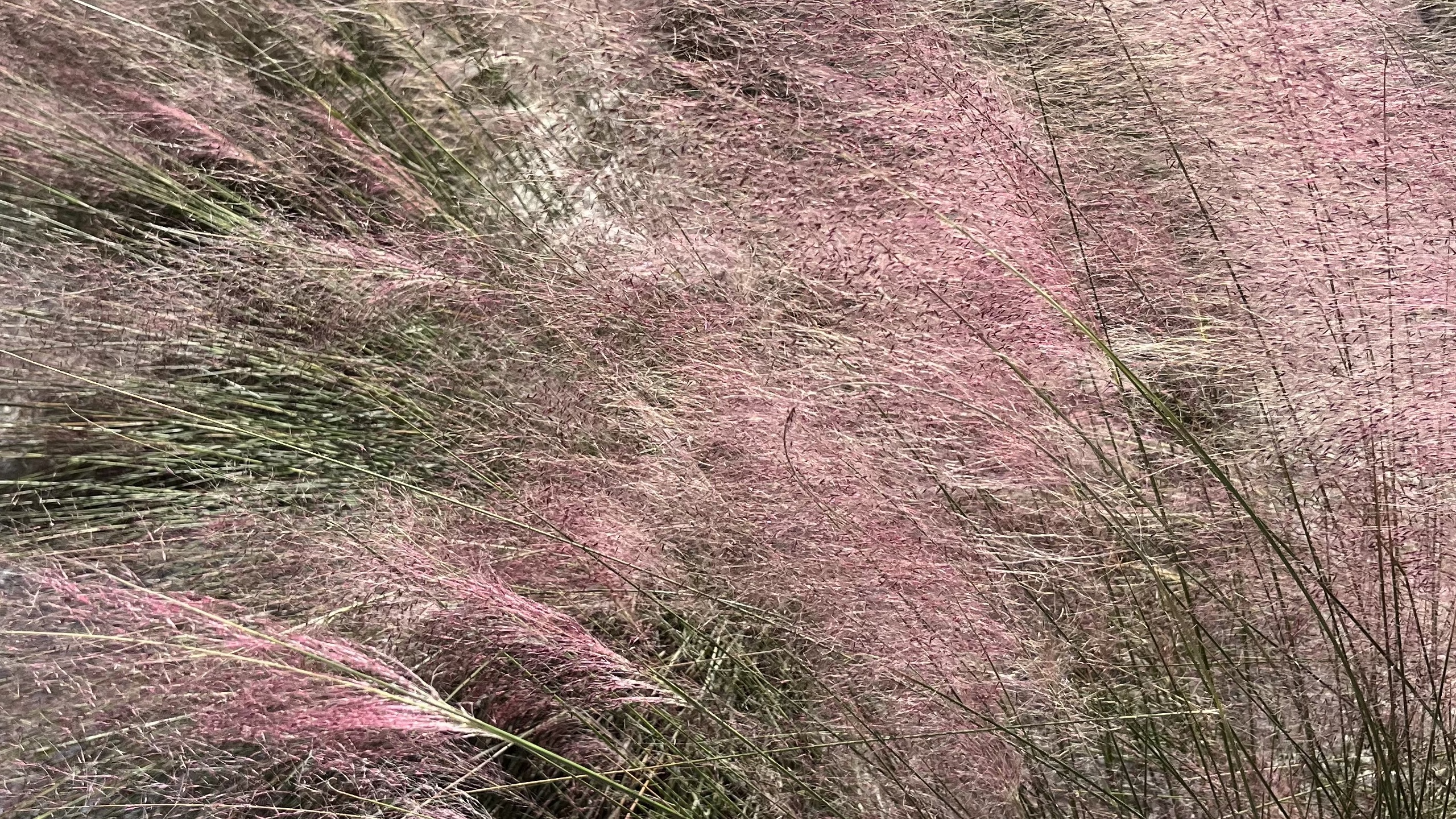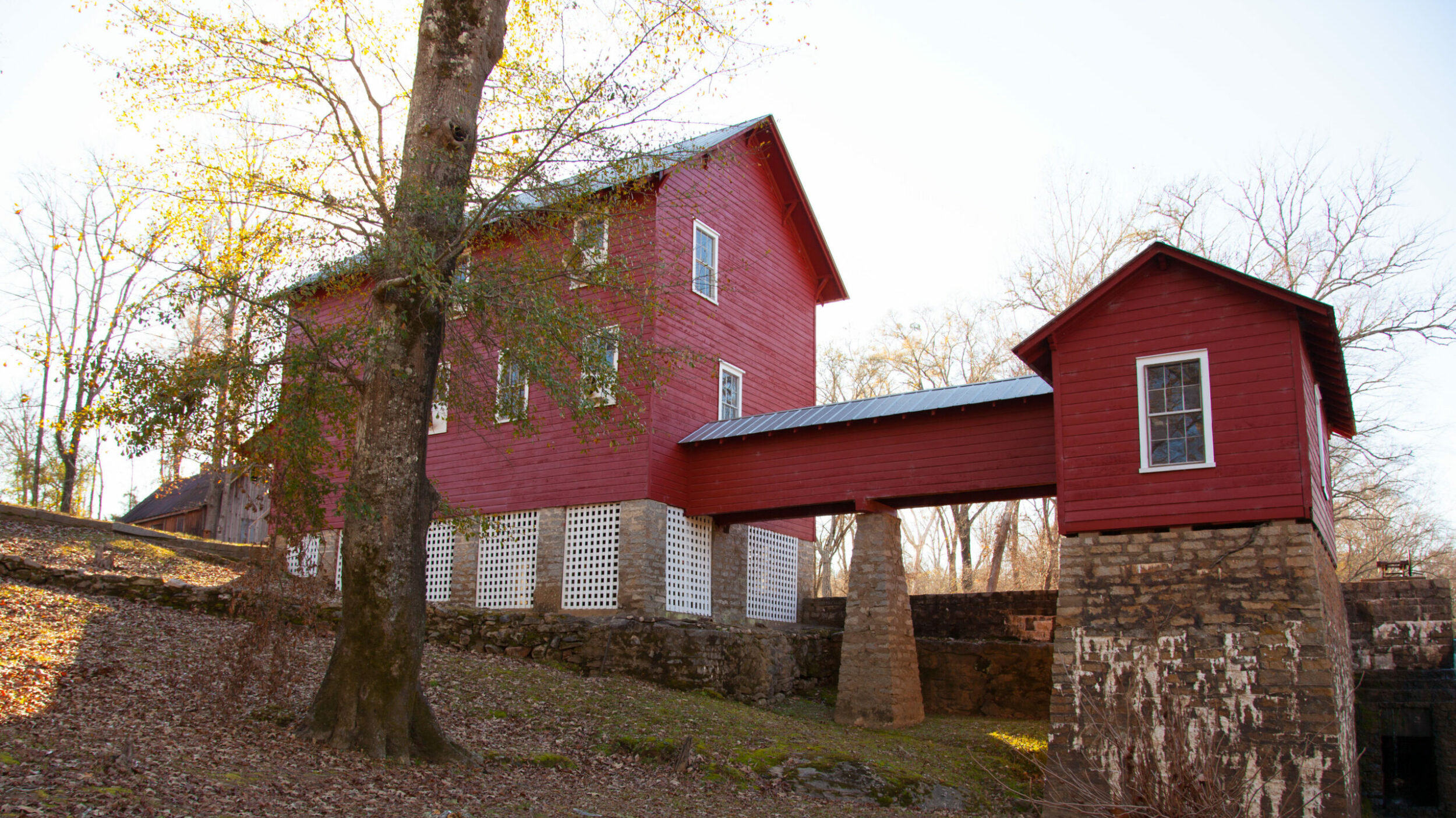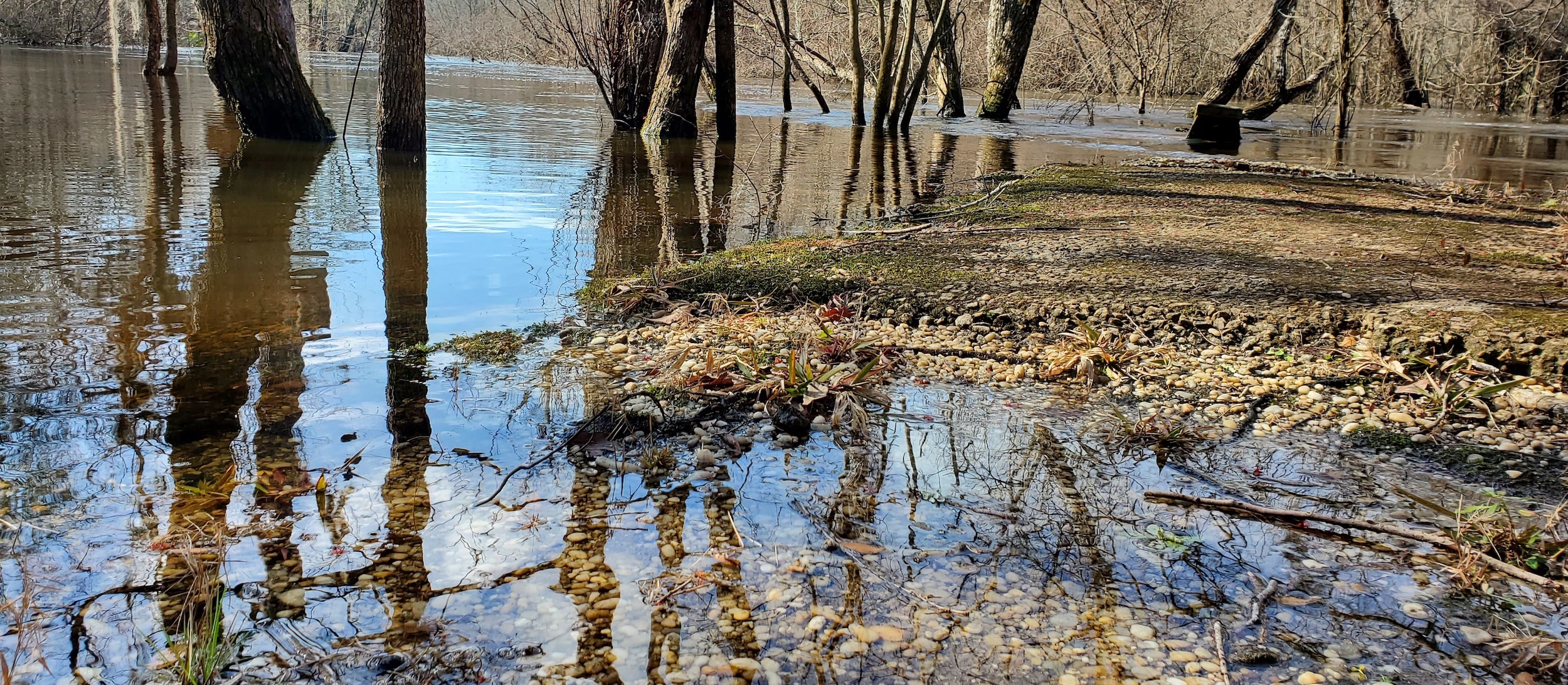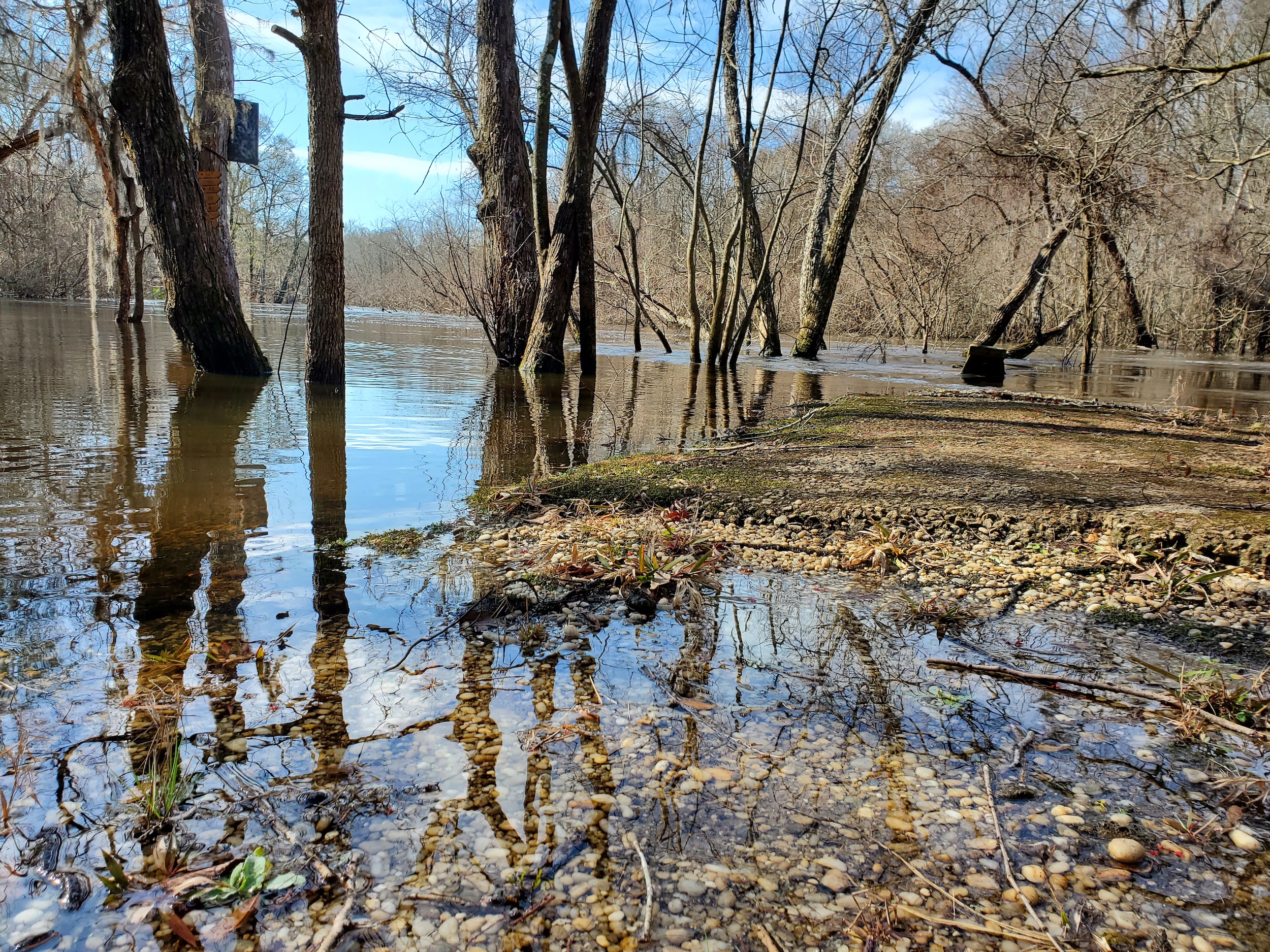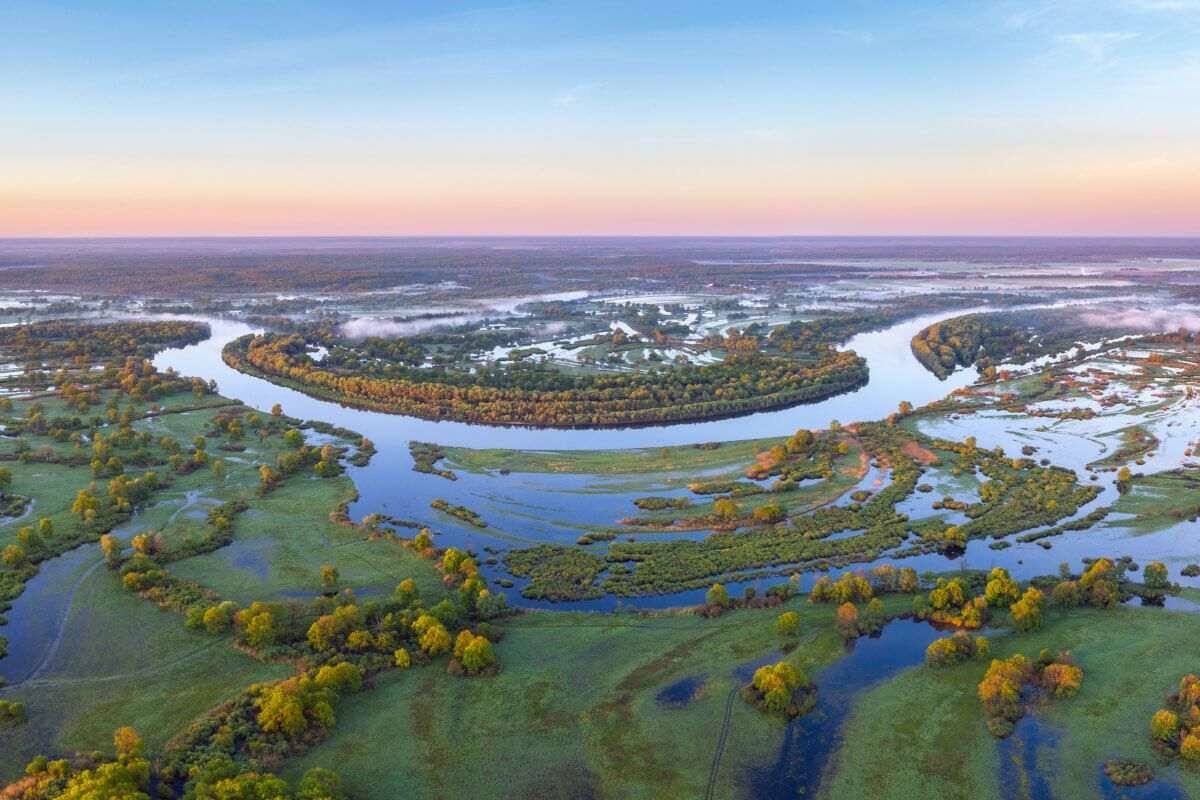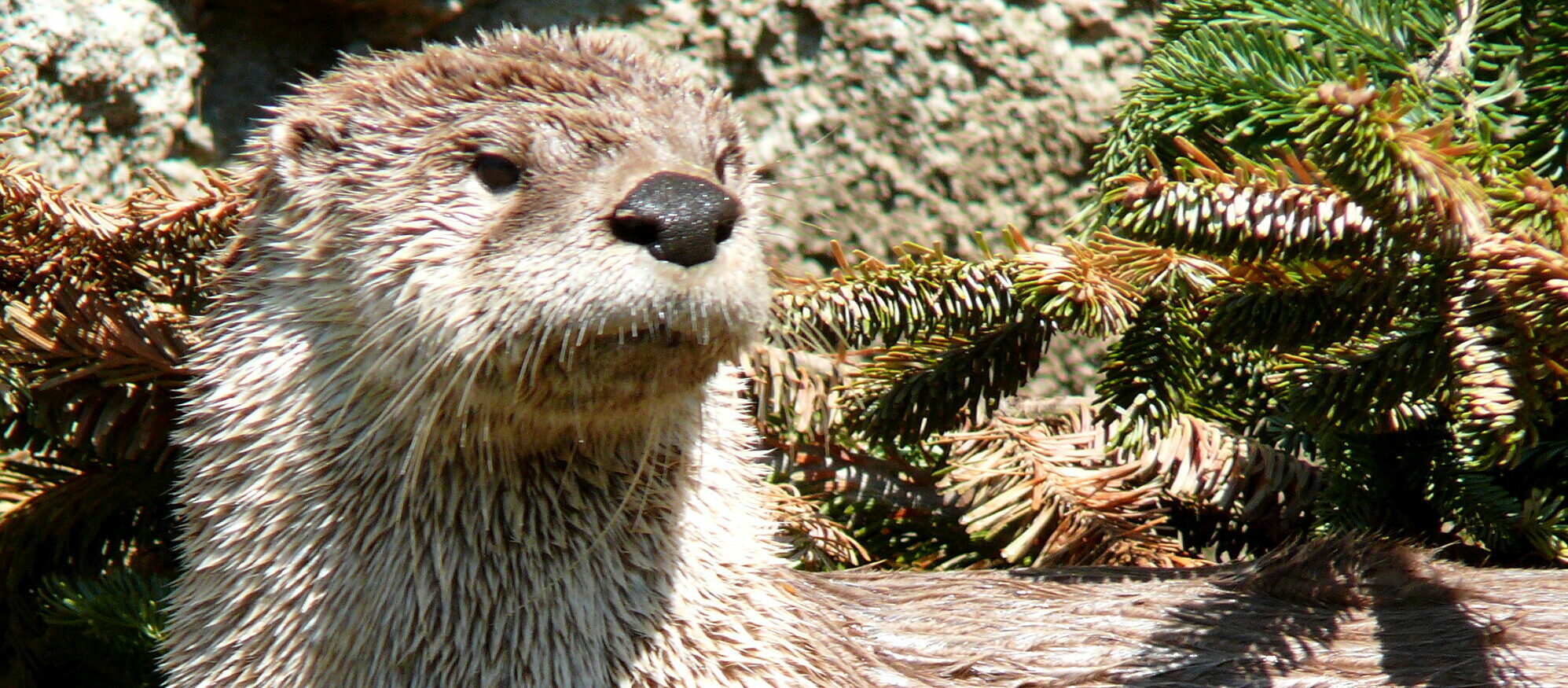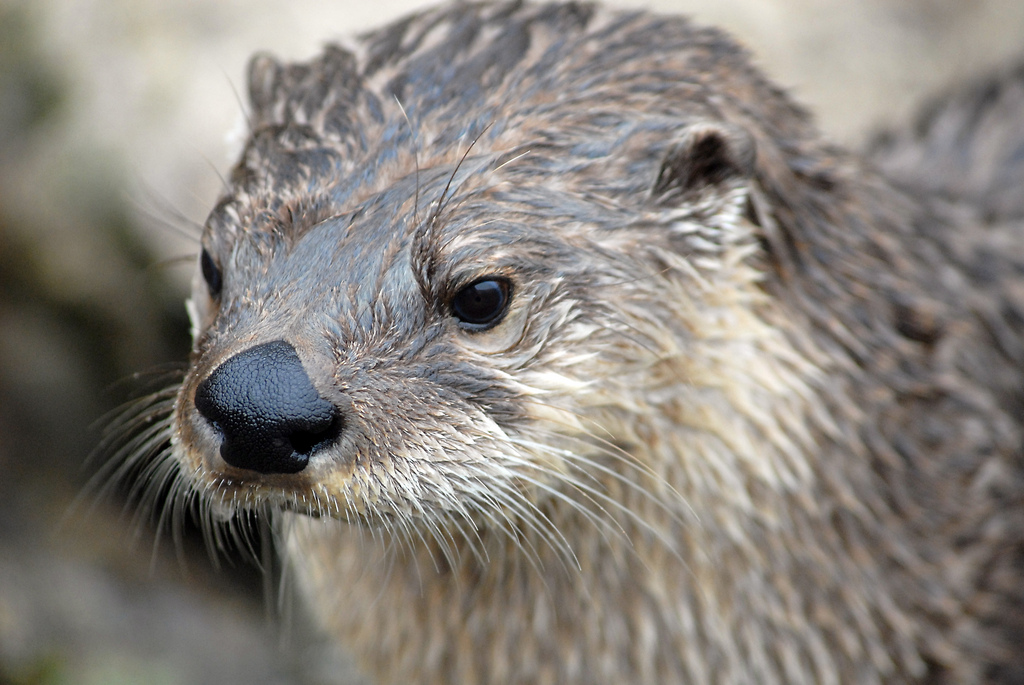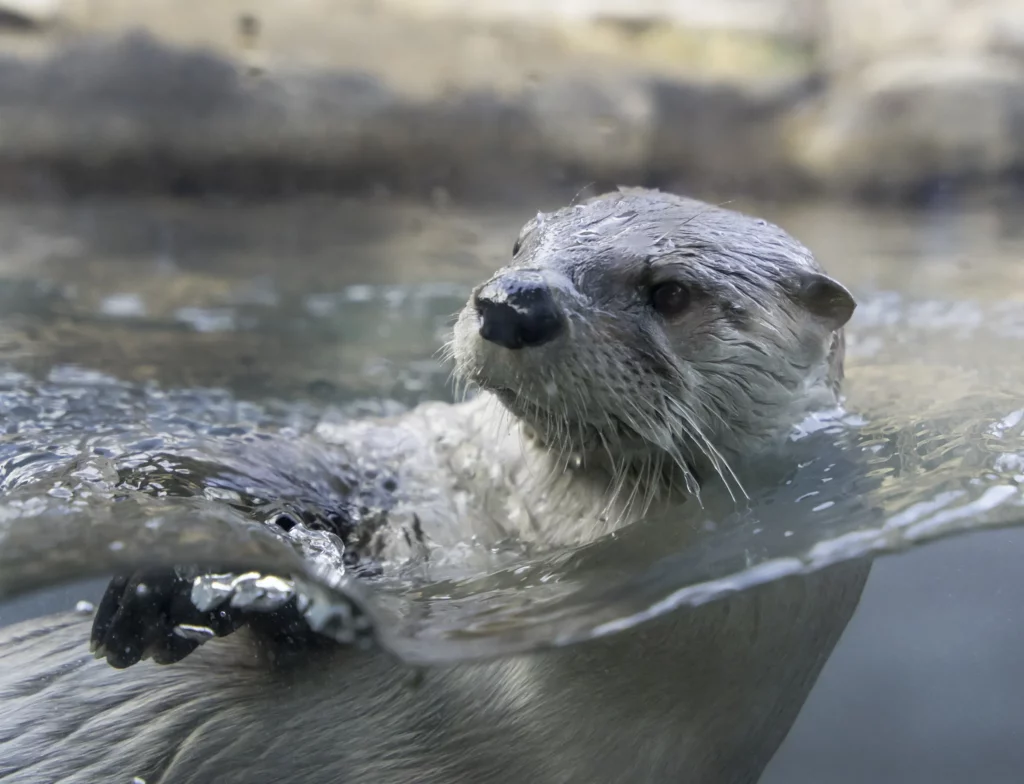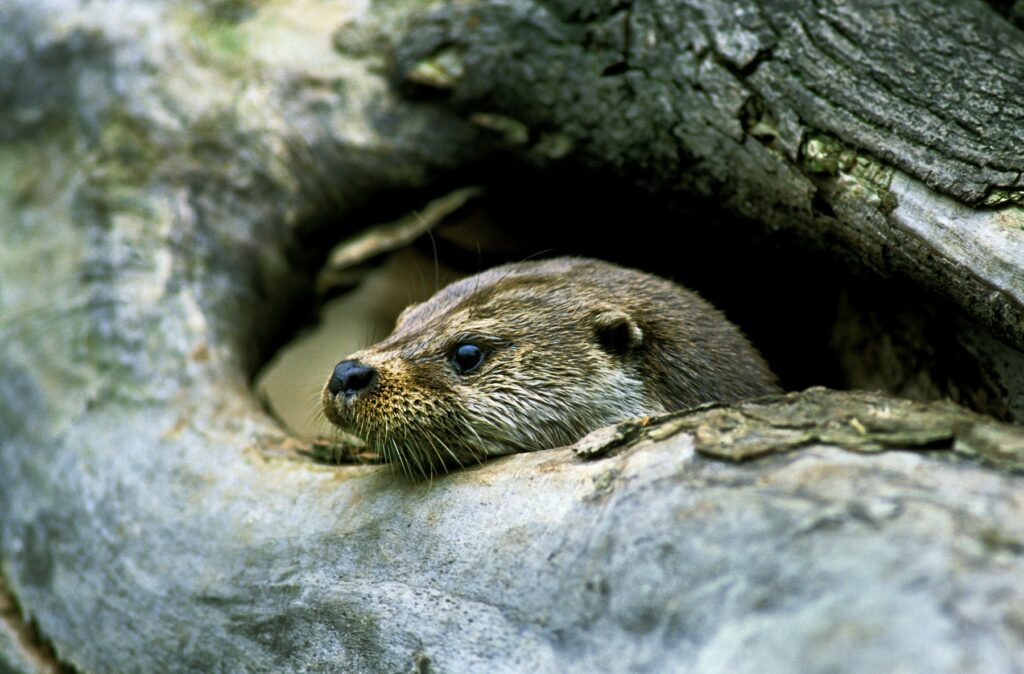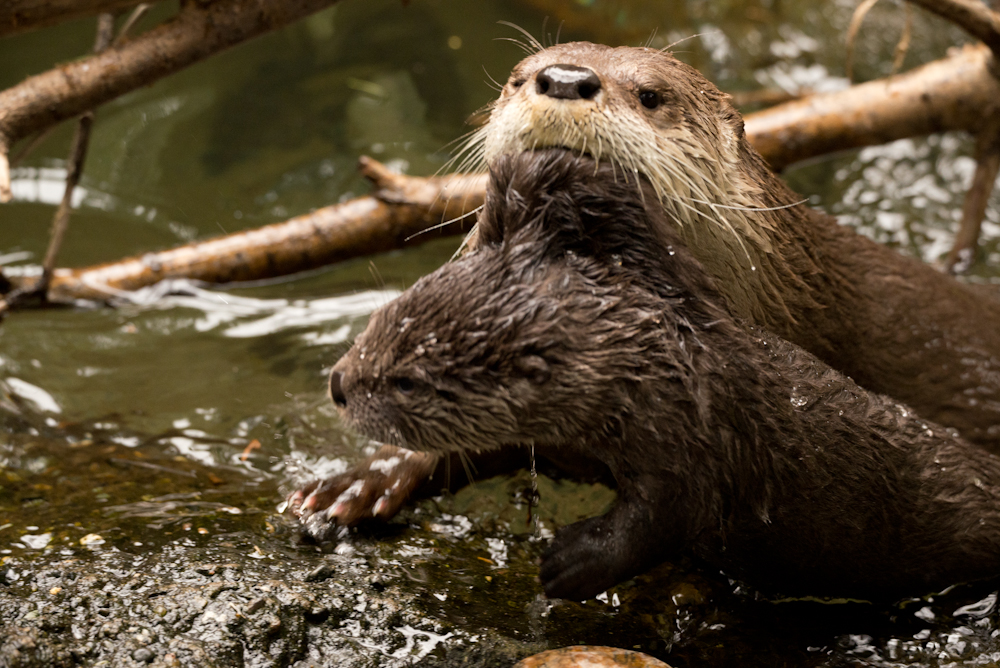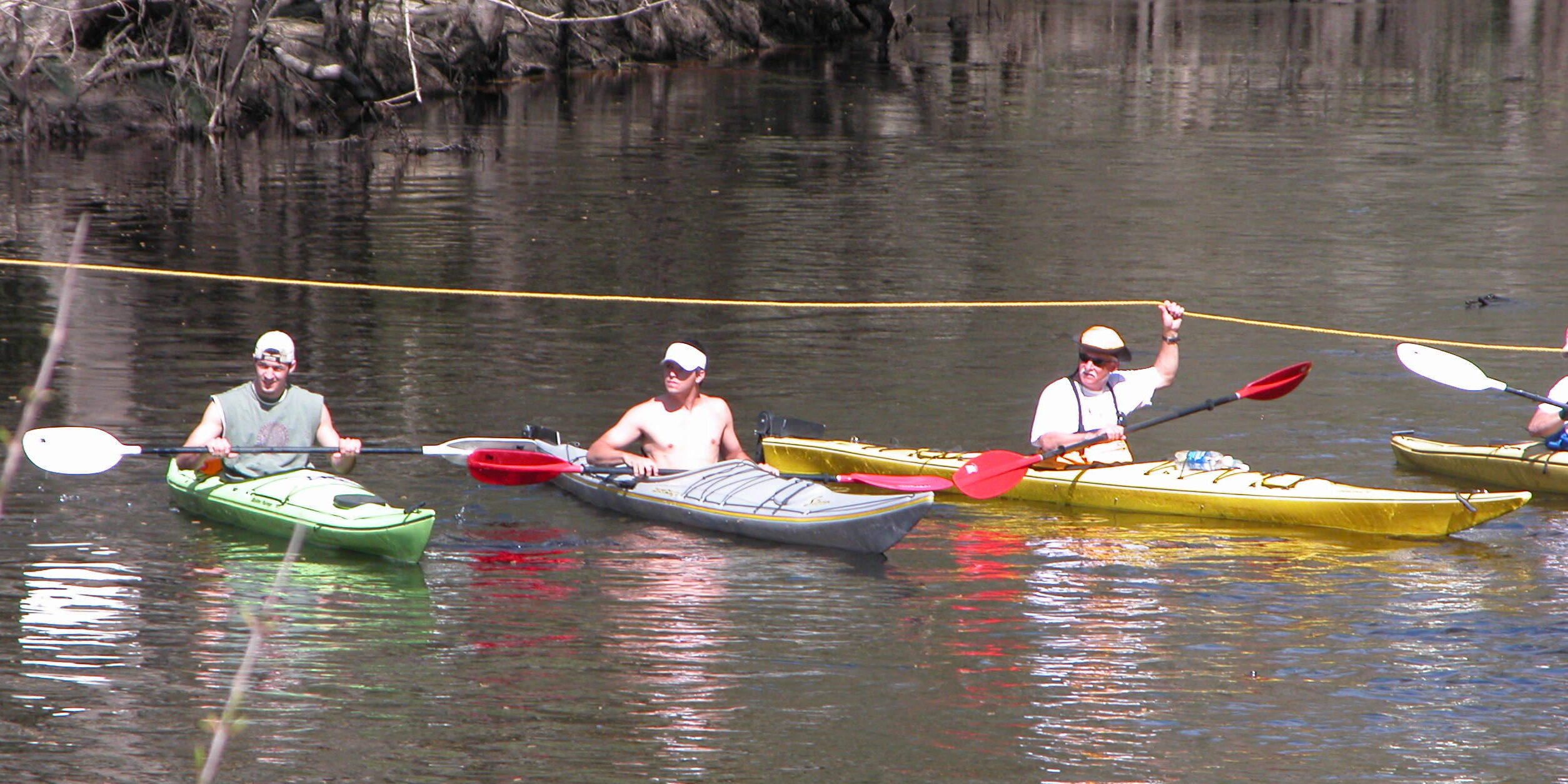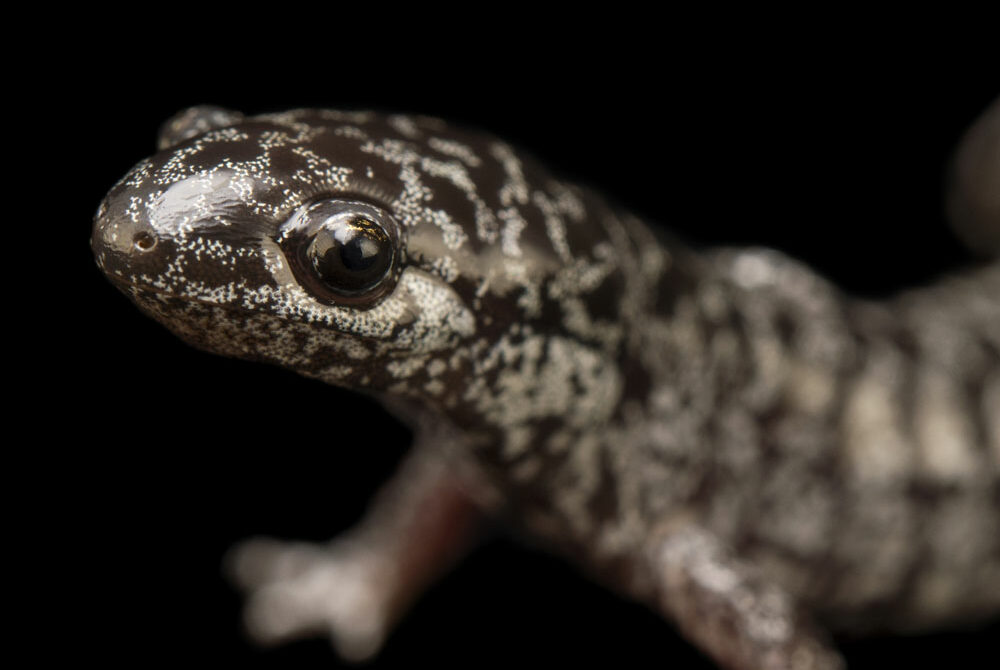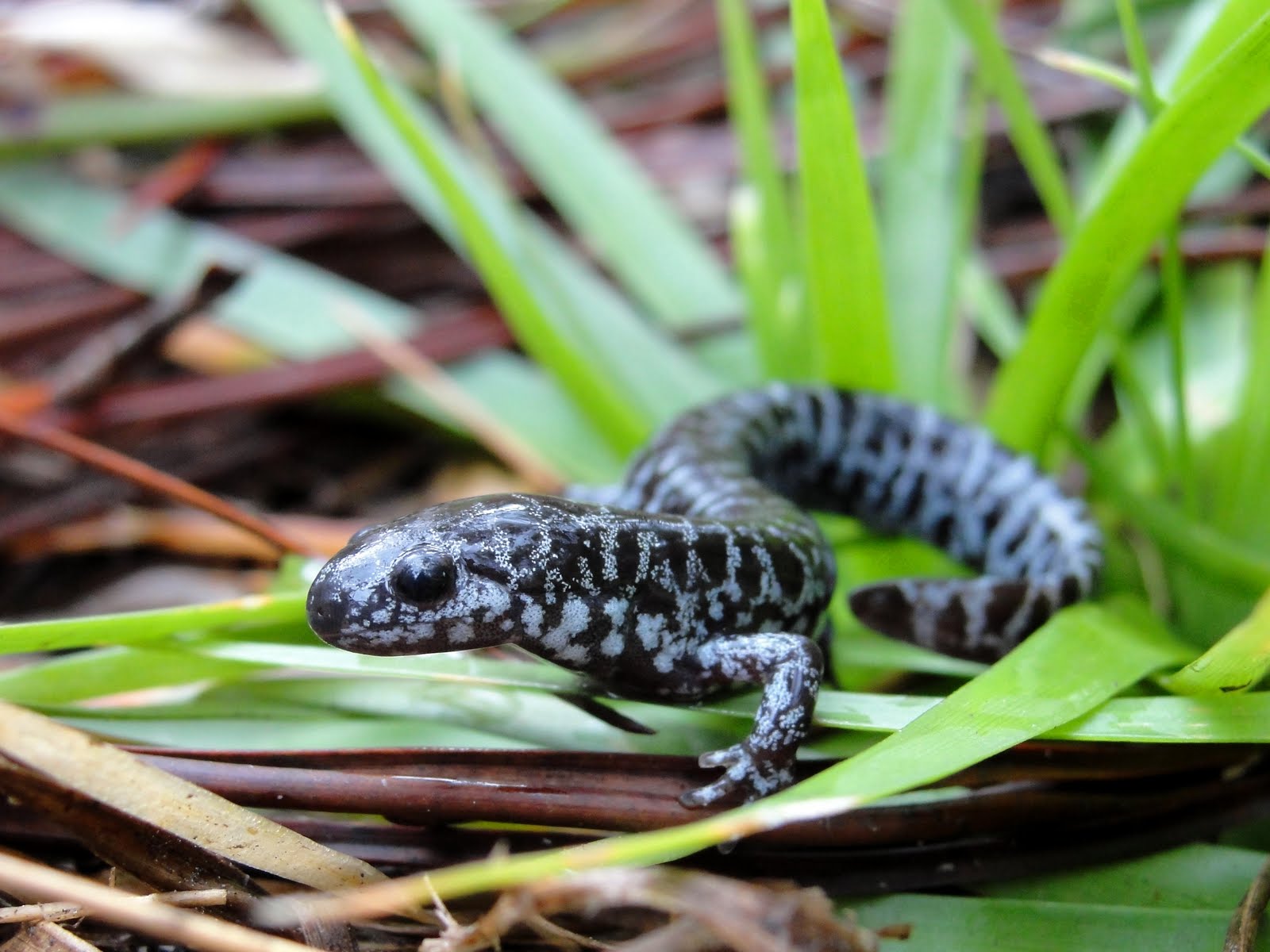FOR IMMEDIATE RELEASE
03/08/23
Contact: Meaghan Walsh Gerard
Communications and Administrative Director
meaghan@ogeecheeriverkeeper.org
OGEECHEE RIVERKEEPER ANNOUNCES RIVERFEST AT THE MILL
The day-long festival will be held in Warrenton, Georgia
Ogeechee Riverkeeper (ORK) will host Riverfest at the Ogeechee River Mill, on the border of Warren and Hancock counties, on Saturday, April 15, 9 a.m. – 4 p.m. Outdoor events and activities on the grounds of the Riverview Farms and the Ogeechee River Mill will include:
Music, cornhole, rubber duck race, archery demonstration, tractor display, mule-drawn wagon rides, raffle and more! Guests are also welcome to paddle or fish but must bring their own equipment. The mill will have fresh ground cornmeal and a chance to ‘bag you own’.
Admission is FREE for Ogeechee Riverkeeper members, and for children 12 and under. Admission is $10 per person for all others. Tickets will only be sold at the door.
All proceeds from the event will support Ogeechee Riverkeeper’s efforts to protect, preserve, and improve water quality throughout the basin.
Food, drinks, and snacks from Mill Rock Missionary Baptist will be available for purchase throughout the day. A limited number of vendors will also be on site. Note: All sales will be CASH ONLY.
There is no reliable GPS, internet, or cellular service in this area. The event is rain or shine. Outside food and drink is not allowed. No alcohol is allowed on site.
Where: Ogeechee River Mill, border of Warren and Hancock counties
When: Saturday, April 15, 9 a.m. – 4 p.m.
Details: https://www.ogeecheeriverkeeper.org/events/riverfest/
About Ogeechee Riverkeeper: Ogeechee Riverkeeper 501(c)(3) works to protect, preserve, and improve the water quality of the Ogeechee River basin, which includes all of the streams flowing out to Ossabaw Sound and St. Catherine’s Sound. The Canoochee River is about 108 miles long and the Ogeechee River itself is approximately 245 miles long. The Ogeechee River system drains more than 5,500 square miles across 21 counties in Georgia.
